Filter by
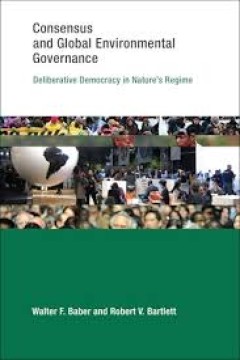
Consensus and global environment governance :deliberative democracy in nature…
In this book, Walter Baber and Robert Bartlett explore the practical and conceptual implications of a new approach to international environmental governance. Their proposed approach, juristic democracy, emphasizes the role of the citizen rather than the nation-state as the source of legitimacy in international environmental law; it is rooted in local knowledge and grounded in democratic deliber…
- Edition
- -
- ISBN/ISSN
- 9780262327046
- Collation
- 1 online resource (xviii, 251 pages) :map.
- Series Title
- -
- Call Number
- -
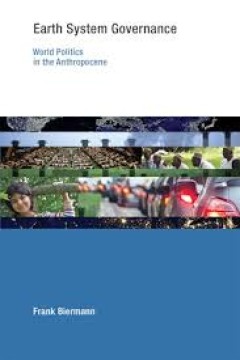
Earth System Governance: World Politics in the Anthropocene
In an era of planet-wide transformation, we need a new model for planet-wide environmental politics. This book proposes 'earth system' governance as just such a new paradigm. It offers both analytical and normative perspectives. It provides detailed analysis of global environmental politics in terms of five dimensions of effective governance: agency, particularly agency beyond that of state act…
- Edition
- -
- ISBN/ISSN
- 9780262322928
- Collation
- 1 online resource.
- Series Title
- -
- Call Number
- -
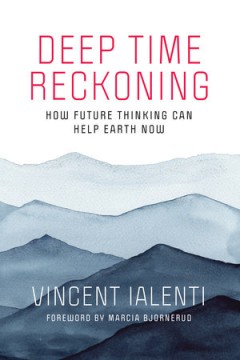
Deep time reckoning :how future thinking can help earth now
"How Finland's nuclear waste experts discern far future Earths, and what the rest of us non-Finns and non-experts can learn from them"--OCLC-licensed vendor bibliographic record.
- Edition
- -
- ISBN/ISSN
- 9780262359368
- Collation
- 1 online resource.
- Series Title
- -
- Call Number
- -
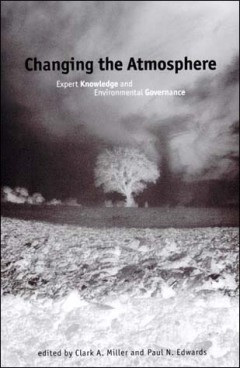
Changing the Atmosphere: Expert Knowledge and Environmental Governance
In recent years, Earth systems science has advanced rapidly, helping to transform climate change and other planetary risks into major political issues. Changing the Atmosphere strengthens our understanding of this important link between expert knowledge and environmental governance. In so doing, it illustrates how the emerging field of science and technology studies can inform our understanding…
- Edition
- -
- ISBN/ISSN
- 9780262279819
- Collation
- 1 online resource (xii, 385 pages) :illustrations.
- Series Title
- -
- Call Number
- -
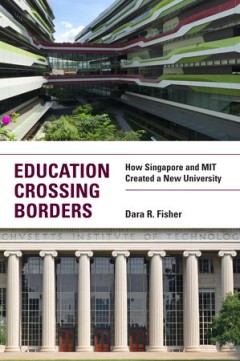
Education crossing borders :how Singapore and MIT created a new university
"The book chronicles the history of the collaborative partnership between MIT and the Singapore Ministry of Education to create the Singapore University of Technology and Design (SUTD), the country's fourth public university. Fisher describes how MIT faculty communicated the practices and identity of the Institute as they developed and executed the vision for SUTD, and how local actors at the u…
- Edition
- -
- ISBN/ISSN
- 0262358697
- Collation
- 1 online resource.
- Series Title
- -
- Call Number
- -
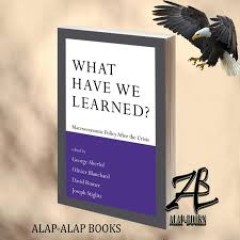
What Have We Learned?: Macroeconomic Policy after the Crisis
Since 2008, economic policymakers and researchers have occupied a brave new economic world. Previous consensuses have been upended, former assumptions have been cast into doubt, and new approaches have yet to stand the test of time. Policymakers have been forced to improvise and researchers to rethink basic theory. George Akerlof, Nobel Laureate and one of this volume's editors, compares the cr…
- Edition
- -
- ISBN/ISSN
- 9780262323444
- Collation
- 1 online resource (vii, 359 pages) :illustrations
- Series Title
- -
- Call Number
- -
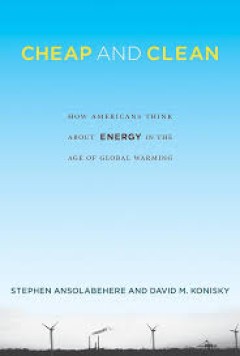
Cheap and Clean: How Americans Think about Energy in the Age of Global Warming
"How do Americans think about energy? Is the debate over fossil fuels highly partisan and ideological? Does public opinion about fossil fuels and alternative energies divide along the fault between red states and blue states? And how much do concerns about climate change weigh on their opinions? In Cheap and Clean, Stephen Ansolabehere and David Konisky show that Americans are more pragmatic th…
- Edition
- -
- ISBN/ISSN
- 0262321068
- Collation
- 1 online resource (x, 261 pages)
- Series Title
- -
- Call Number
- -
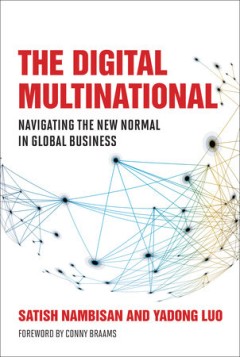
The digital multinational :navigating the new normal in global business
"A practical guide for business leaders for creating strategy that addresses the conflict between globalization made possible by digital technology and regionalization found on the ground"--OCLC-licensed vendor bibliographic record.
- Edition
- -
- ISBN/ISSN
- 9780262367547
- Collation
- 1 online resource.
- Series Title
- -
- Call Number
- -
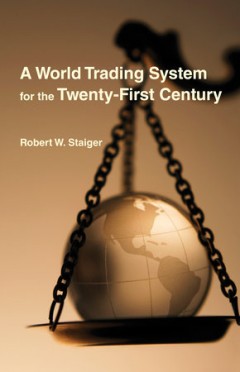
A world trading system for the twenty-first century
"A book in the Ohlin Lectures series on trade agreements"--OCLC-licensed vendor bibliographic record.
- Edition
- -
- ISBN/ISSN
- 9780262371308
- Collation
- 1 online resource.
- Series Title
- -
- Call Number
- -
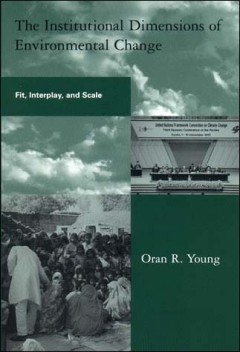
The institutional dimensions of environmental change : fit, interplay, and scale
Researchers studying the role institutions play in causing and confronting environmental change use a variety of concepts and methods that make it difficult to compare their findings. Seeking to remedy this problem, Oran Young takes the analytic themes identified in the Institutional Dimensions of Global Environmental Change (IDGEC) Science Plan as cutting-edge research concerns and develops th…
- Edition
- -
- ISBN/ISSN
- 9780262286572
- Collation
- 1 online resource (xv, 221 pages)
- Series Title
- -
- Call Number
- 333 YOU i
 Computer Science, Information & General Works
Computer Science, Information & General Works  Philosophy & Psychology
Philosophy & Psychology  Religion
Religion  Social Sciences
Social Sciences  Language
Language  Pure Science
Pure Science  Applied Sciences
Applied Sciences  Art & Recreation
Art & Recreation  Literature
Literature  History & Geography
History & Geography